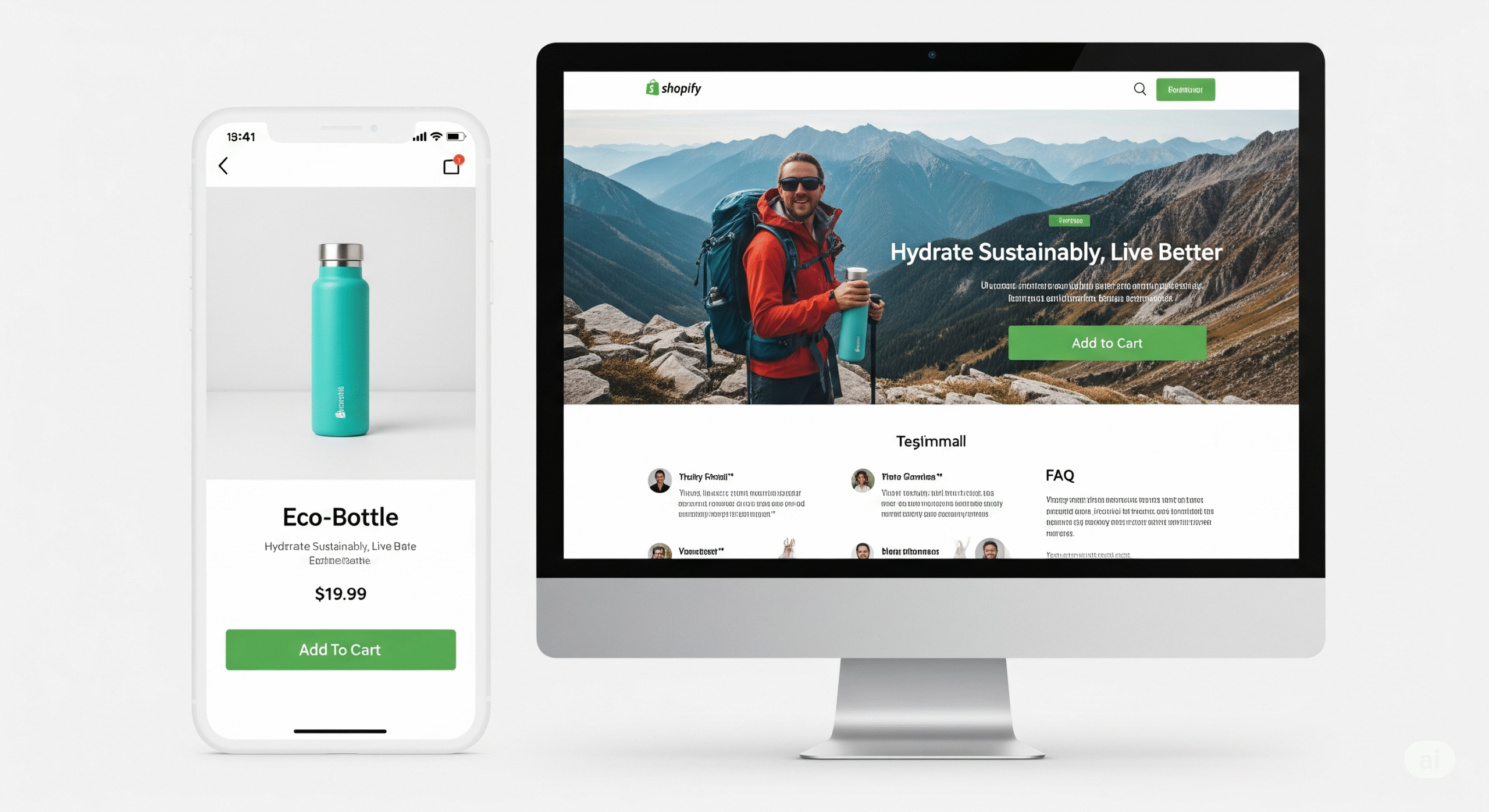SEO is more than keywords. Behind every high-ranking Shopify store is a technically sound structure built to support search engines, not just users. Here’s how to future-proof your store.
Step 1: Optimize Your Liquid Structure
Liquid is powerful, but misusing it can slow down rendering and confuse crawlers. Avoid excessive loops, limit global variables, and structure content with proper HTML5 tags (<section>, <article>, <h1>–<h3>, etc.).
Step 2: Integrate Schema Markup
- Search engines use schema to understand your site. Use JSON-LD to mark up:
- Product listings (name, price, availability, ratings)
- Blog articles (headline, author, publish date)
- FAQs (question and answer markup)
Example for Product Schema:
{
"@context": "https://schema.org",
"@type": "Product",
"name": "Smart Water Filter",
"aggregateRating": {
"@type": "AggregateRating",
"ratingValue": "4.6",
"reviewCount": "89"
}
}
Step 3: Control Crawl Budget
Use the Shopify robots.txt.liquid override to block low-value pages such as /checkout, /cart, and /search?q=. This keeps crawlers focused on high-impact content.
Bonus: Image Optimization
Serve product and banner images using Shopify’s built-in CDN transformations (| img_url: 'medium'). Compress and lazy-load images to improve LCP (Largest Contentful Paint).
“Technical SEO isn’t just for visibility it’s for performance and protection.”
Thoughts:
In a world where Google changes constantly, technical SEO remains the stable foundation that holds your rankings. Nail the structure, and your content gets the attention it deserves.




